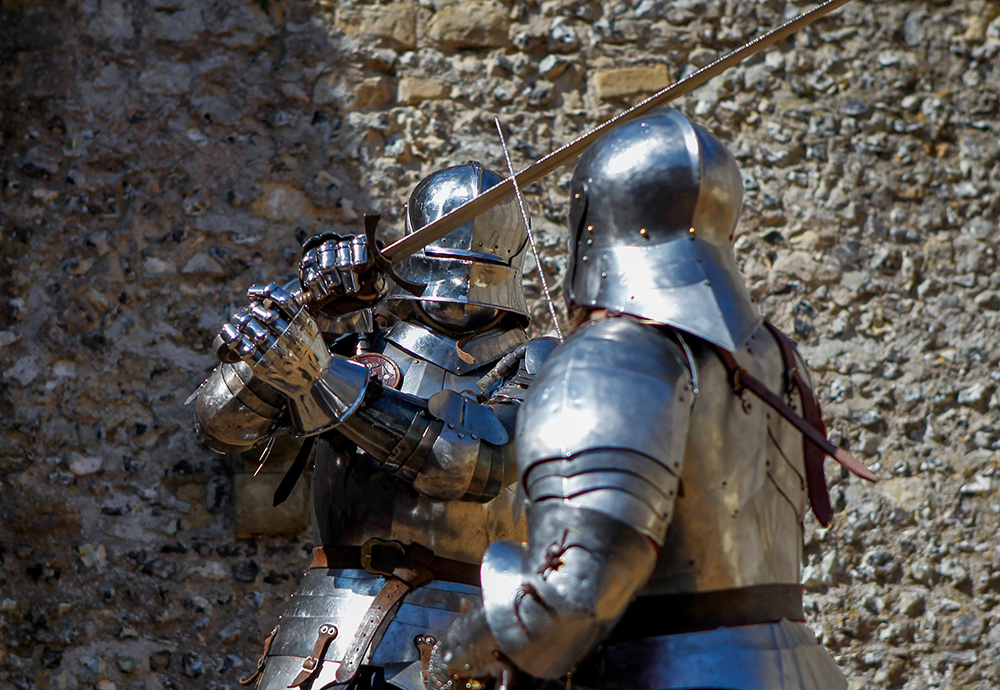The image of knights in shining armour has captured the imagination of generations. These formidable figures, draped in iron and steel, represented the pinnacle of military prowess from the 12th to the 15th centuries. Yet, for all their romantic allure, questions remain about their actual effectiveness on the battlefield.

Historically, the armoured knight was the elite soldier of his time, equipped with plate armour that could weigh anywhere from 20 to 30 kilograms. This weight, though substantial, was distributed meticulously across the body, allowing knights a surprising range of motion. Despite common misconceptions, knights were not rendered immobile by their armour; they could mount horses, run, and even rise from the ground if unseated.

The true test of a knight’s effectiveness, however, lay in their endurance and battlefield tactics. Historical accounts suggest that a well-trained knight, accustomed to the rigours of wearing such armour, could maintain peak fighting capability for extended periods — often several hours under the physically demanding conditions of battle. Training from an early age contributed to their ability to withstand the physical strain, with knights frequently engaged in exercises to build the necessary stamina.

Technical advancements in armour design also played a crucial role. By the late medieval era, armorers had developed highly articulated suits that offered protection without overly sacrificing comfort or mobility. Helmets provided clear sight-lines and breathing spaces, while joints were fitted with intricate mechanisms that enhanced flexibility.

However, the effectiveness of knights was not solely reliant on physical attributes. Their success on the battlefield was often determined by the strategies employed. Knights typically served as the shock troops of medieval armies, with their primary function being to deliver powerful charges that could break enemy lines. These charges, usually conducted from horseback, leveraged both the psychological impact and the sheer kinetic force of armoured soldiers at full gallop.

Despite their prowess, the dominance of the armoured knight began to wane with the advent of new military technologies, particularly the longbow and later, gunpowder weapons. The Battle of Agincourt in 1415 demonstrated how massed archers could decimate cavalry charges, dramatically altering the battlefield calculus.

In their prime, they were highly effective on the battlefield due to a mix of physical endurance, advanced technology for their time, and strategic use in warfare. Yet, as history has shown, no advantage remains unchallenged forever, and the rise of new tactics and technologies eventually supplanted the knight’s dominion. Today, these iron-clad warriors remain iconic symbols of a bygone era, their legacy etched not only in history but also in the annals of military evolution.












